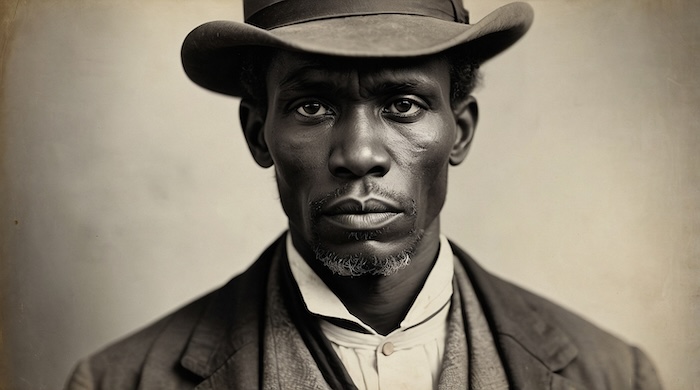
Introduction to South Carolina (M1910)
Explore Freedmen’s Bureau Field Offices by County and Parish
“Hover over a county or parish to see its name, Microfilm Publication, and a description of the records available. Each county/parish contains one or more markers showing the locations of Freedmen’s Bureau field offices. Click a marker to open that office’s records page, where you’ll find links, context, and research tips. You can also use the Select: dropdown menu above the map to jump directly to a county or parish.”
- Freedmen’s Bureau Field Offices (placed by county, not exact locations)
Click Any State to Explore Its Freedmen’s Bureau Field Office Records
- Click to View M1900-M1913 Freedmen’s Bureau Field Offices
The M1910 Freedmen’s Bureau Records for South Carolina are an invaluable resource for African American genealogy and Reconstruction-era history. Created between 1865 – 1872 as a result, offer genealogical details, these records document the daily operations of the Bureau’s South Carolina field offices, which assisted formerly enslaved African Americans, free people of color, and impoverished white Southerners after the Civil War.

How to Use the Descriptive Pamphlet
The M1910 series contains descriptive pamphlets that explain the contents of each collection. These pamphlets are essential for researchers because they include:
➡️ Indexes of names and locations
➡️ Explanations of record types (labor contracts, marriage registers, rations issued)
➡️ Context about Freedmen’s Bureau operations in specific counties
Through these records, genealogists can trace family connections, verify ancestral locations, and uncover the stories of individuals navigating freedom during Reconstruction.
Field Offices and Coverage Areas
Our interactive South Carolina Freedmen’s Bureau Field Office Map shows where Bureau agents operated and the counties they served. By selecting a location, researchers can see the areas where formerly enslaved families sought assistance. The Freedmen’s Bureau records displayed on the following map come from the FamilySearch collections. Use the SELECT dropdown to view your county records.
Below are Records in the Freedmen's Bureau:
These records typically involve claims made by formerly enslaved individuals or Union loyalists who lost property during the Civil War. They might include claims for lost wages, compensation for injuries, or restitution for property taken or destroyed by military forces.
These contain details of legal proceedings and decisions made by the Freedmen’s Bureau courts. The Bureau set up its own legal system to adjudicate issues involving freed people, such as disputes over labor contracts, cases of racial discrimination, and violence against African Americans.
These provide information about the medical services provided by the Bureau. They include records of hospital admissions, treatments given to freed people, and sometimes details of specific medical conditions and health issues prevalent at the time.
These documents record agreements between employers and employees. After emancipation, many freed people entered into labor contracts with former owners or new employers. Records of indenture and apprenticeship often involve agreements for minors who were to be trained in a trade.
These include information about the allocation and use of abandoned or confiscated lands and properties. The Bureau played a role in redistributing land to freed people, a key aspect of Reconstruction-era policies.
These records likely pertain to individuals who were hired for specific tasks or services, and possibly list the items or equipment that were also hired out for use.
These are records of complaints made by freed people to the Bureau, often regarding unfair labor practices, disputes over wages, racial discrimination, or violence. They provide insight into the challenges faced by African Americans during the Reconstruction era.
These are records of complaints made by freed people to the Bureau, often regarding unfair labor practices, disputes over wages, racial discrimination, or violence. They provide insight into the challenges faced by African Americans during the Reconstruction era.
